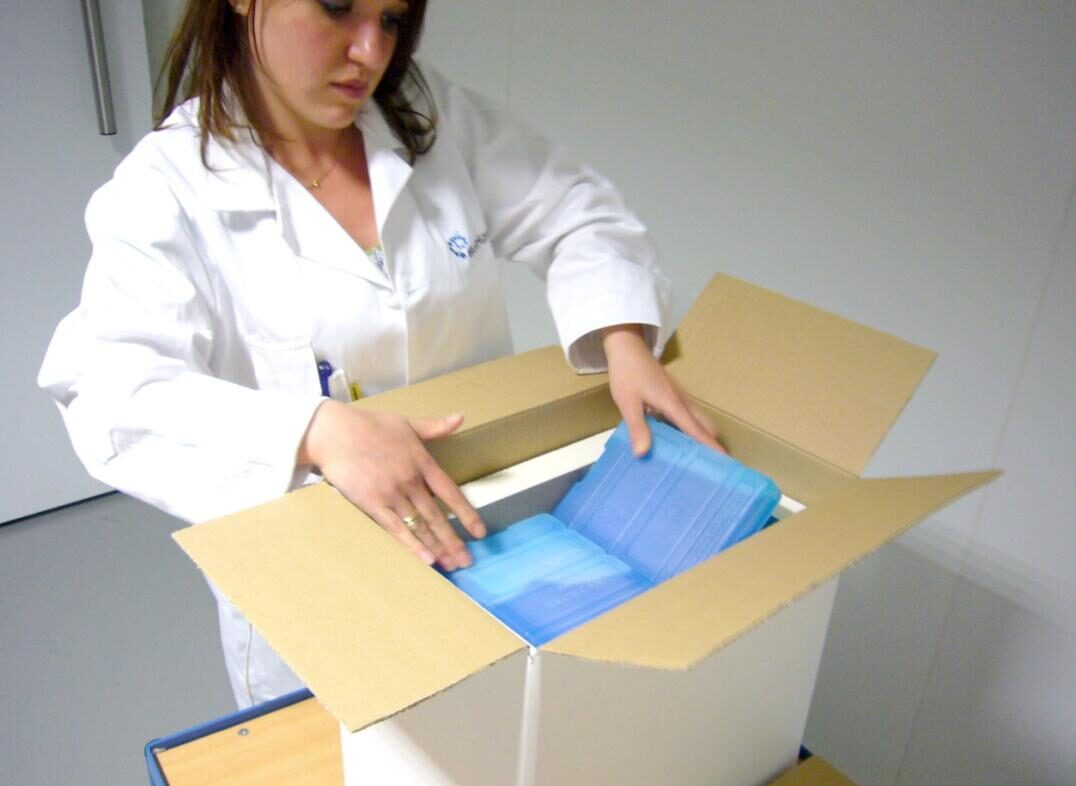In the age of rapid globalization and heightened environmental awareness, industries across the globe are rethinking their practices to align with sustainable principles. One critical area gaining significant attention is cold chain packaging.
But what exactly is sustainable cold chain packaging, and why is it so crucial in today’s world?
The Cold Chain: A Brief Overview
The cold chain is a temperature-controlled supply chain necessary for preserving and transporting perishable goods such as food, pharmaceuticals, and chemicals.
It ensures these products maintain their quality and safety from production through distribution to the final consumer.
The Need for Sustainability in Cold Chain Packaging
Traditionally, cold chain packaging has relied heavily on materials like polystyrene and other plastics, which pose significant environmental challenges. With increasing regulatory pressures and a growing consumer demand for eco-friendly practices, there’s a compelling need to pivot towards sustainable alternatives.
Sustainable cold chain packaging aims to minimize environmental impact while maintaining the efficacy of temperature-sensitive logistics.
Key Components of Sustainable Cold Chain Packaging
1. Biodegradable and Compostable Materials
Biodegradable and compostable packaging materials are designed to break down naturally in the environment, reducing waste and pollution. These materials include plant-based plastics, mushroom packaging, and other organic compounds. For instance, companies like Ecovative Design are pioneering mushroom-based packaging solutions that are both sustainable and effective in cold chain applications.
2. Recyclable Materials
Recyclable materials are integral to sustainable cold chain packaging. Corrugated cardboard, for example, is widely recyclable and can be treated to provide insulating properties. Innovations in recycling technology are also making it easier to reuse materials traditionally considered non-recyclable, such as certain plastics.
3. Reusable Packaging Solutions
Reusable packaging solutions, such as durable insulated containers, can significantly reduce waste. These solutions are particularly valuable for industries with regular and high-volume shipping needs. Companies like Pelican BioThermal are leading the charge with their range of reusable temperature-controlled packaging options.
4. Efficient Design
Design efficiency plays a crucial role in sustainability. Packaging that maximizes space and minimizes material use not only reduces waste but also lowers transportation costs and emissions. For example, vacuum-insulated panels can provide superior insulation with less bulk compared to traditional materials.
Benefits of Sustainable Cold Chain Packaging
1. Environmental Impact
Reducing reliance on non-renewable resources and decreasing waste helps mitigate the overall environmental footprint of cold chain logistics. This, in turn, contributes to broader efforts to combat climate change and protect ecosystems.
2. Regulatory Compliance
With increasing regulations aimed at reducing plastic waste and carbon emissions, sustainable packaging helps companies stay ahead of the curve. Compliance with these regulations not only avoids potential fines and sanctions but also enhances a company’s reputation.
3. Cost Savings
While the initial investment in sustainable packaging solutions might be higher, the long-term savings can be substantial. Reduced material costs, lower waste disposal fees, and potential savings from regulatory incentives all contribute to a favorable financial outlook.
4. Enhanced Brand Image
Consumers today are more environmentally conscious than ever before. Companies that prioritize sustainability can enhance their brand image, build customer loyalty, and even command a premium for their products.
Case Studies: Leading the Way in Sustainable Cold Chain Packaging
1. Pfizer
Pfizer, a global leader in pharmaceuticals, has made significant strides in sustainable cold chain packaging. The company has implemented reusable shipping containers that reduce waste and ensure the safe transport of temperature-sensitive medications. This initiative not only supports environmental goals but also ensures compliance with stringent pharmaceutical regulations.
2. Nestlé
Nestlé, one of the world’s largest food and beverage companies, has committed to making 100% of its packaging recyclable or reusable by 2025. The company has introduced innovative packaging solutions, such as recyclable ice cream wrappers and compostable coffee pods, to meet this ambitious goal.
3. Walmart
Walmart, the retail giant, has been working on several fronts to enhance the sustainability of its cold chain logistics. By optimizing packaging designs and integrating more recyclable materials, Walmart aims to reduce waste and improve the efficiency of its supply chain.
The Future of Sustainable Cold Chain Packaging
The future of sustainable cold chain packaging is bright, driven by continuous innovation and a growing commitment to environmental stewardship. Advances in materials science, recycling technologies, and design efficiency are paving the way for more sustainable practices. As companies recognize the financial, regulatory, and reputational benefits, the adoption of these solutions is likely to accelerate.
Sustainable cold chain packaging represents a crucial intersection between environmental responsibility and logistical efficiency. As the world grapples with the pressing need to reduce waste and combat climate change, embracing sustainable practices in cold chain logistics is not just a regulatory or ethical imperative—it’s a smart business strategy.
Reefer Express has recognized the urgent need to transition to sustainable practices. By innovating and integrating eco-friendly solutions into their cold chain logistics, Reefer Express is setting a new standard for the industry.



